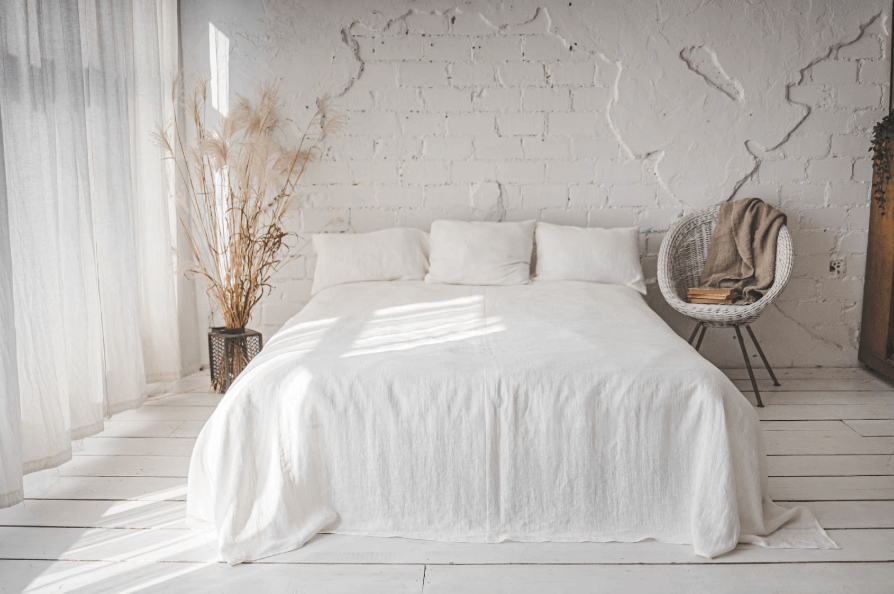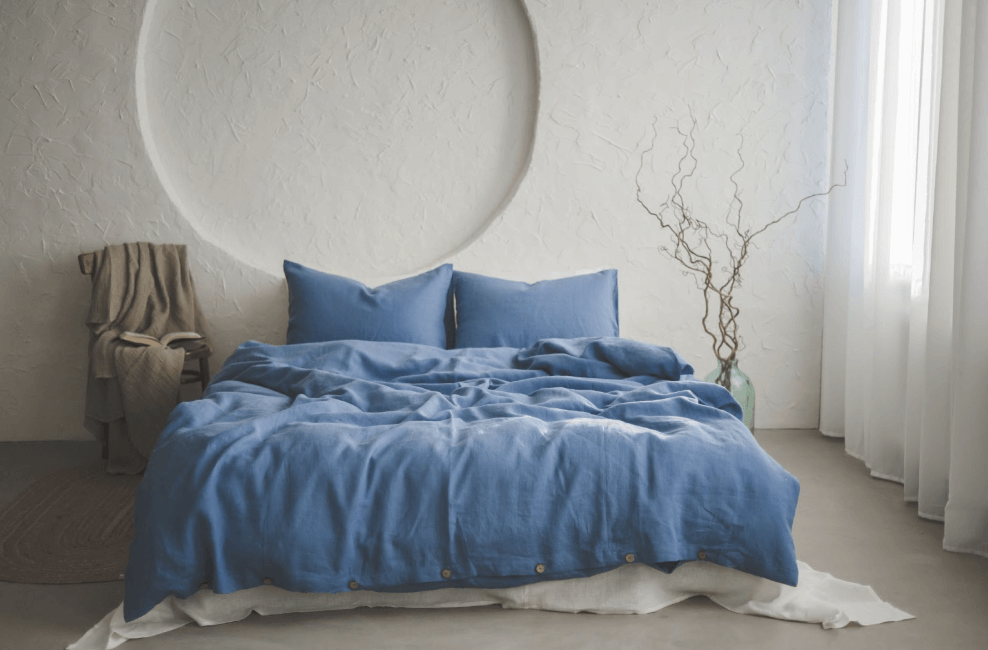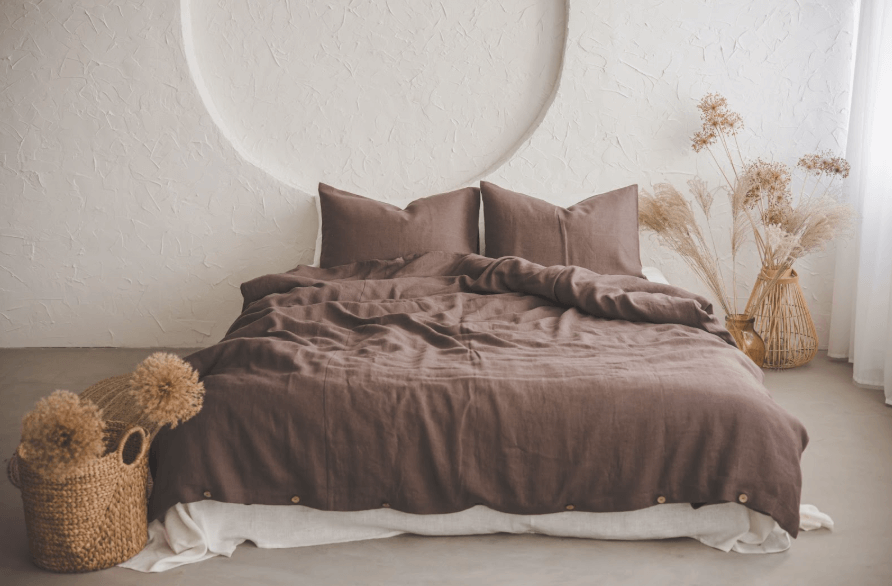We believe that linen bedding is more than just a luxury – it's a lifestyle choice rooted in comfort, sustainability, and natural elegance. Whether you’ve just purchased your first white linen bedding set or you’re a longtime fan of natural linen bedding, caring for your linens properly ensures they remain soft, strong, and stunning for many years to come.
In this guide, we’ll walk you through the best ways to wash, dry, and store your linen bed sets, including linen flat sheets, linen duvet covers, linen pillowcases, and other home essentials like linen throw blankets and linen cushion covers. By following a few simple practices, you can keep your favorite cream linen bedding, striped linen bedding, and even richly colored options like burnt orange linen bedding looking fresh and feeling luxurious season after season.
Why Proper Care Matters
Linen, made from flax, is naturally durable and becomes softer with each wash. However, improper care can cause unnecessary wear or fading – especially for deep hues like moss green bedding or orange linen bedding. With thoughtful maintenance, linen’s beauty only improves over time. It's one of the few fabrics that looks better the more it's used and loved.
Washing Linen the Right Way
We recommend machine washing your linen bedding in lukewarm or cold water on a gentle cycle. Always use a mild, liquid detergent that’s free from bleach or optical brighteners, as harsh chemicals can break down the flax fibers.
Avoid overloading your washing machine. Linen needs space to move freely during the wash to avoid excessive creasing and ensure a thorough rinse. Whether it’s white linen flat sheets or richly colored rust orange bedding, keeping colors separate is a good idea – especially for the first few washes.
Drying Linen: Airy and Gentle
To maintain the quality of your linen flat sheets, linen bed sheets, and linen bedspread, line drying is ideal. Linen dries quickly in open air, and this method helps prevent shrinkage while preserving the fabric’s integrity.
If you prefer to use a dryer, choose a low heat setting and remove the bedding while it’s still slightly damp. Shake it out and lay flat or hang to finish drying. This will minimize wrinkles and maintain the natural drape of items like linen duvet covers and linen pillowcases.

Ironing or Embracing the Wrinkles?
The signature look of linen bedsheets includes a charming, lived-in texture that many people love. But if you prefer a crisper appearance for items like cream linen bedding or striped linen bedding, you can lightly steam or iron them while they’re still slightly damp using a medium-hot iron.
Avoid high heat, especially on dyed bedding like burnt orange linen bedding or moss green bedding, as it may fade colors more quickly over time.
Storing Linen for Long-Term Use
When storing your bed sheets linen, choose a cool, dry place and avoid plastic containers, which can trap moisture. Instead, opt for breathable cotton or linen storage bags to keep your linen bedding fresh and protected. Never store damp or unwashed linens, as this can cause mildew or set stains.
To preserve the scent and freshness, consider placing a lavender sachet or cedar block in your storage area – especially if you’re rotating between seasonal items like lightweight linen flat sheets for summer and heavier linen bedspreads for colder months.
Stain Treatment Tips
Linen resists dirt and stains more naturally than many fabrics, but if you do encounter a spill, treat it as soon as possible. Gently blot the stain (don’t rub!) and use a mild soap or linen-safe stain remover. Avoid bleach – it can weaken the fabric and distort the color, especially on dyed bedding like orange linen bedding or green striped bedding.
Rotating and Refreshing Your Bedding
We recommend rotating between multiple linen bed sets throughout the year. Not only does this prolong the life of your bedding, but it also gives you an opportunity to enjoy seasonal color changes. For example, white linen bedding or cream linen bedding can offer a breezy summer feel, while rust orange bedding or natural linen bedding brings warmth and coziness during the fall and winter.
Swapping out linen cushion covers and adding layers like linen throw blankets or a linen bedspread can also refresh your bedroom with minimal effort.
Why Linen Is Worth the Care
Investing in linen bedding isn’t just about aesthetics – it’s about choosing a fabric that supports your well-being and respects the planet. Linen is naturally hypoallergenic, breathable, and moisture-wicking. It helps regulate temperature, making it perfect for both hot and cool sleepers. With proper care, your linen bed sheet, duvet covers, and flat sheets will reward you with softness and comfort that only grows over time.
Bring Natural Comfort to Your Bedroom
Ready to build your dream linen bedroom? Explore our full range of linen bedding at www.forestlandlinen.com, from airy white linen sheets to luxurious burnt orange linen bedding, calming moss green bedding, and everything in between. Whether you're choosing linen pillowcases or complete linen bed sets, you’ll find timeless quality and sustainable beauty in every piece.
Shop now and let the comfort of linen welcome you home – every single night.












